After crossing the river Lérez, the Way leaves Pontevedra along Rúa da Santiña, from where you will arrive at the Marismas de Alba observatory, a large wetland of 80 hectares that is home to hundreds of plant species and 123 species of birds. The route runs along roads where there are many crossroads and level crossings, so you will have to be extremely careful. Once you get to Briallos, we recommend you take a detour of half a kilometre to visit the Cascadas del Barosa, a natural site of extraordinary beauty, with a beautiful sixty-metre waterfall and fourteen mills arranged along the waterfalls. Already in your end of stage, Caldas de Reis, the water will continue being the protagonist to be one of the thermal villages of major reference in Galicia.
A place that dates back to prehistoric times, Caldas de Reis is currently a place widely visited for the medical properties of its thermal waters. In fact, one of the main attractions of the city is the water route, a circular route 9 km long where you can see waterfalls and natural areas bathed by water. As for its architectural heritage, the churches of Santa María de Caldas, Santo Tomás and San Andrés de César are worth mentioning. And of course, a visit to the Botanical Garden-Park, declared a Picturesque Site and Historical Garden, is a must.
At this stage, taking advantage of the visit to the botanical garden, a good topic to discuss with students will be that of autochthonous and allochthonous vegetation, referring to eucalyptus plantations as an economic means of timber production and the environmental impact this creates on the soil for the autochthonous species of Atlantic vegetation.
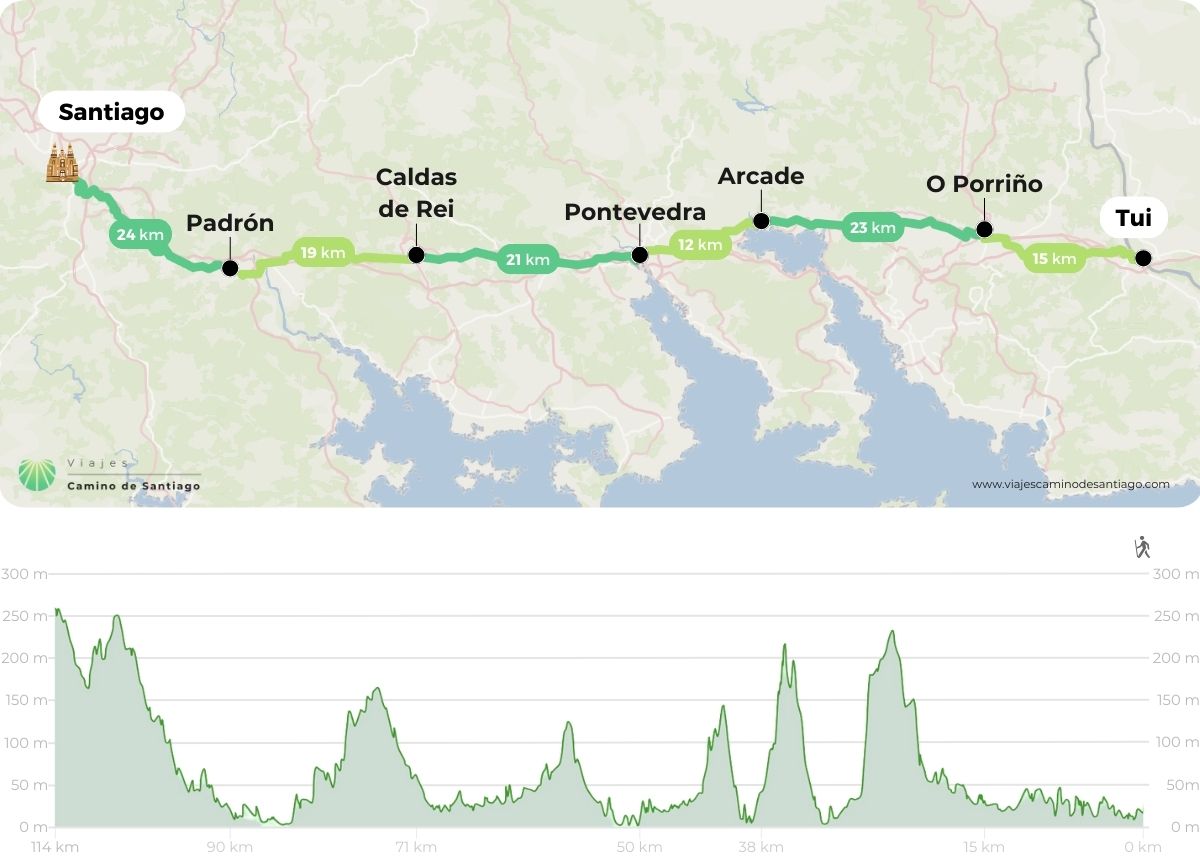
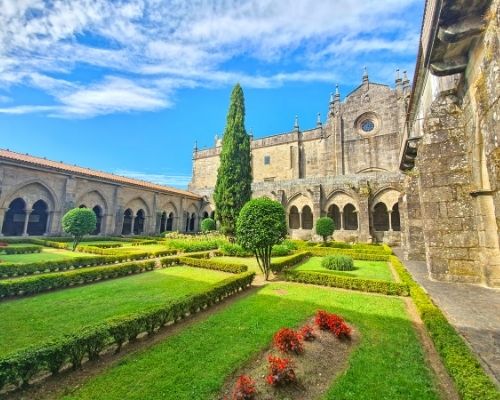
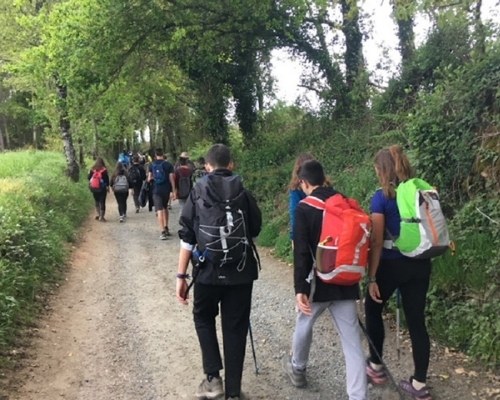
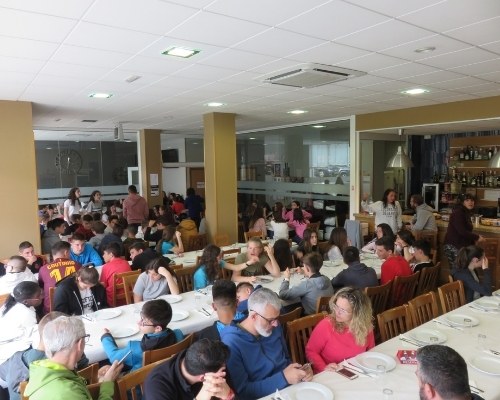
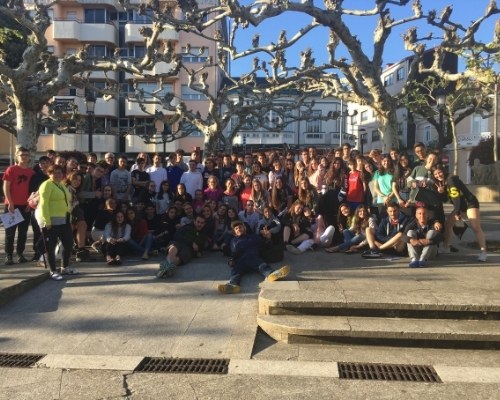
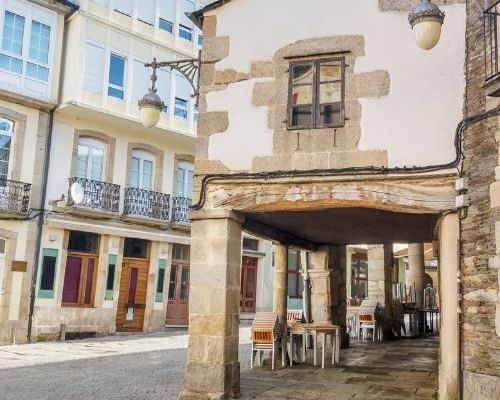
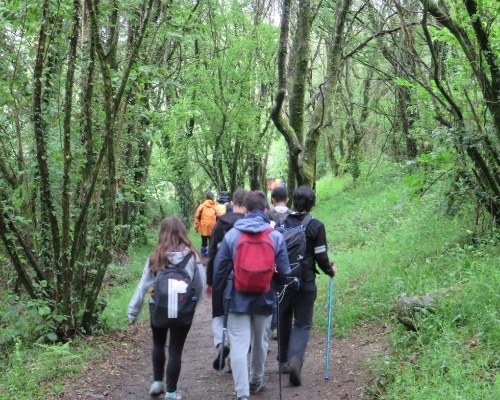
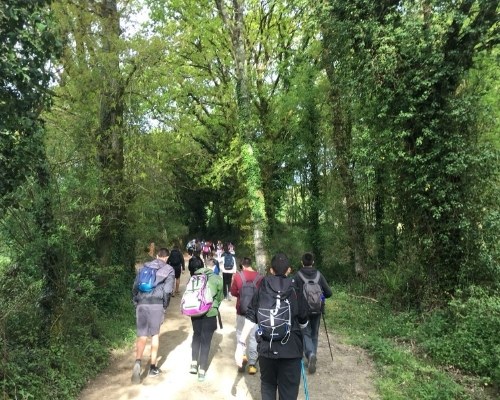
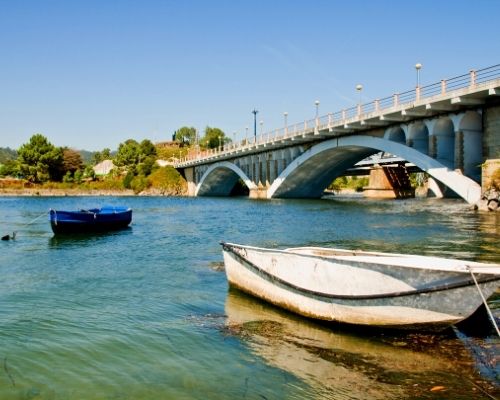
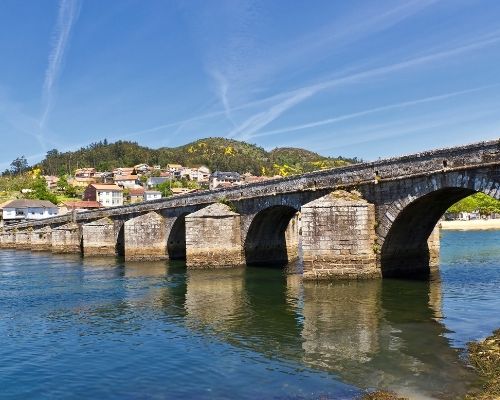
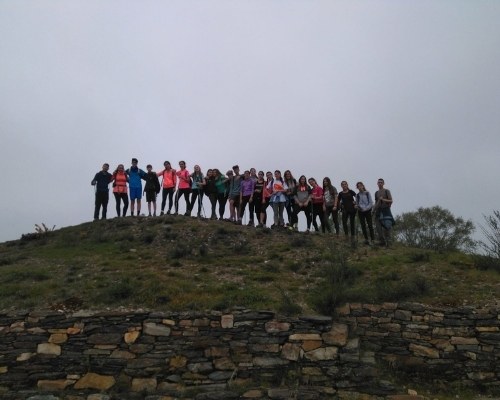
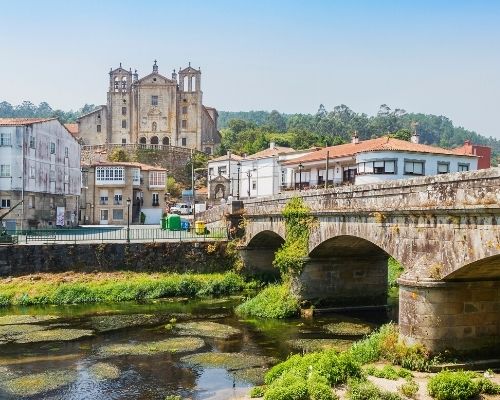
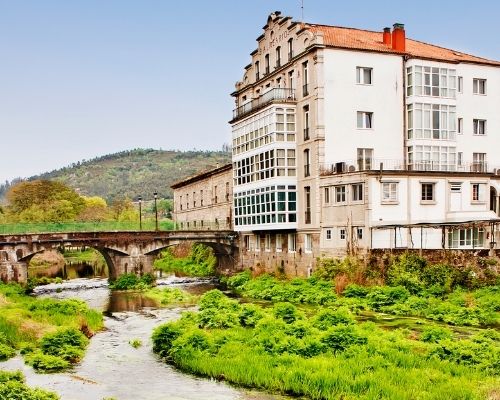
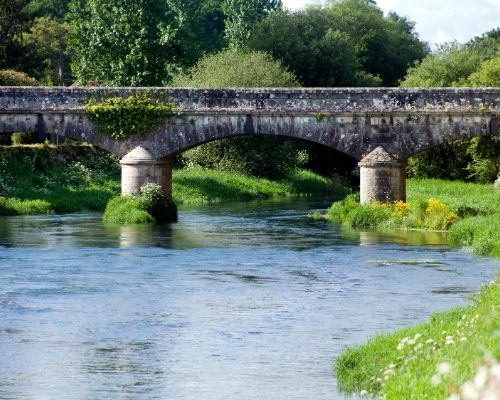
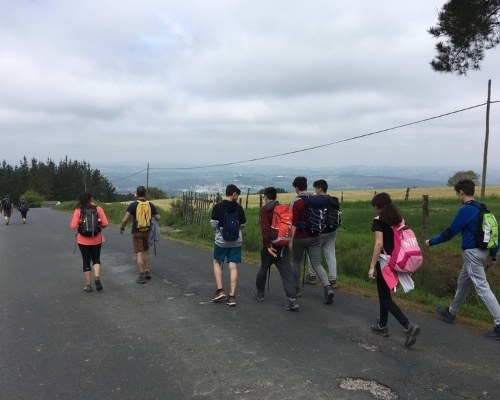
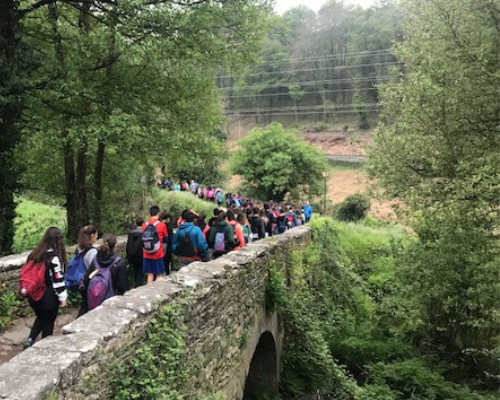

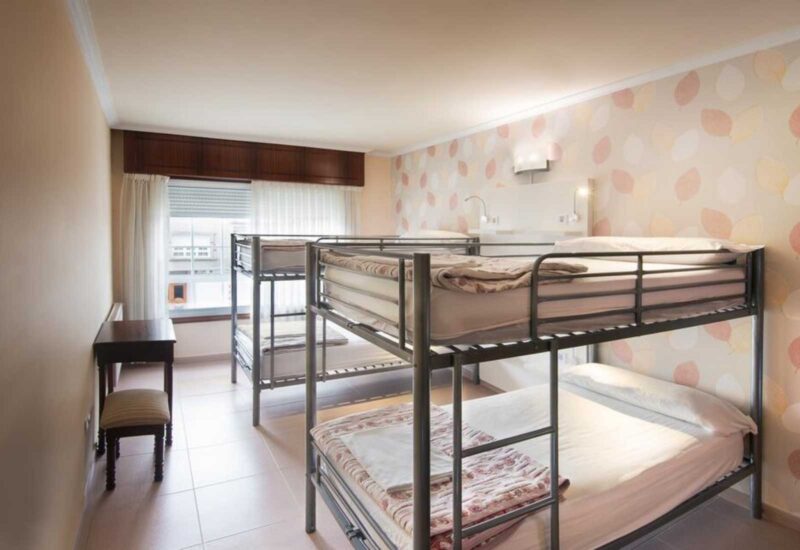
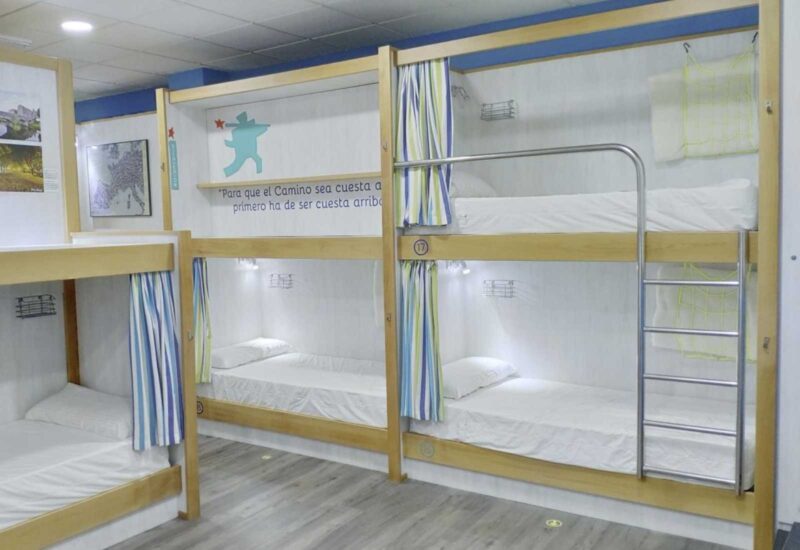
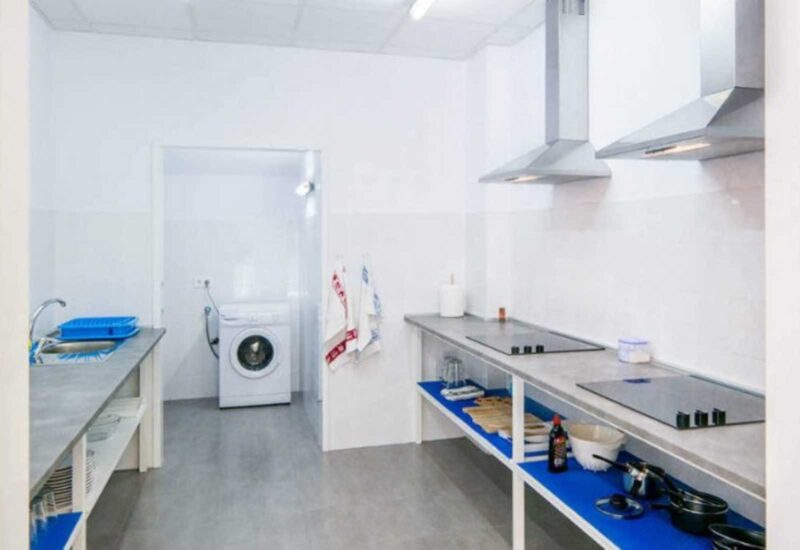
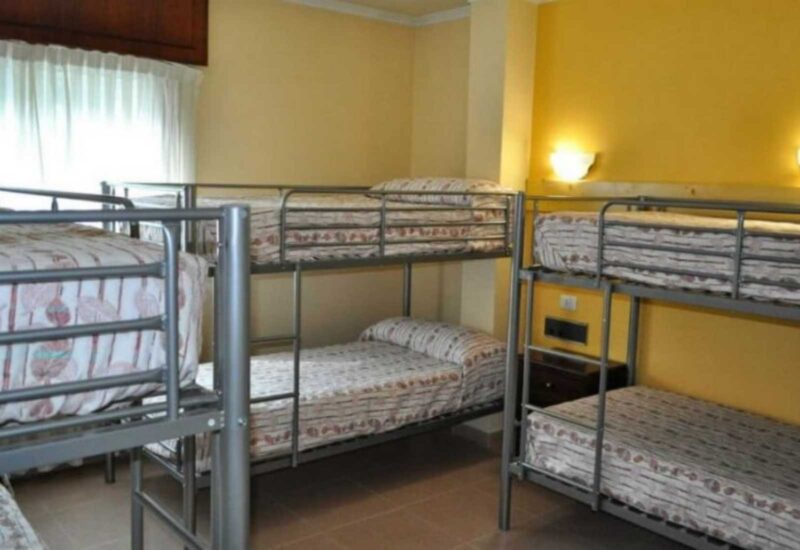
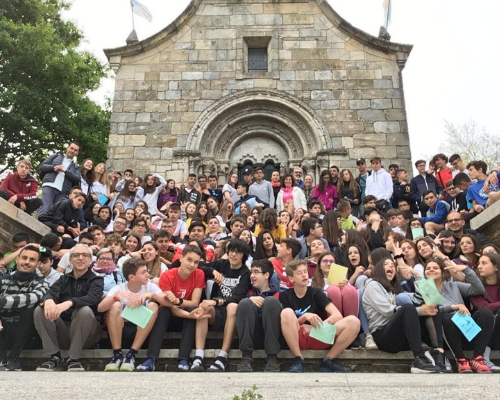

Reviews
There are no reviews yet.